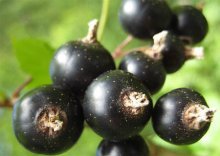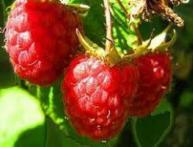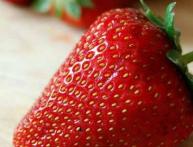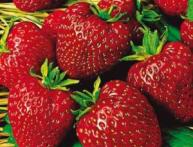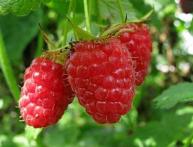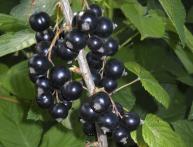Fertilizing currants in spring with organic, mineral fertilizers and microelements
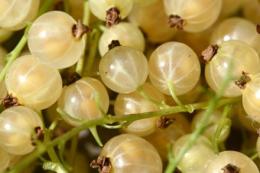
Fertilizing currants in spring with organic, mineral fertilizers and microelements
To obtain a harvest, it is necessary to fertilize currants in the spring. It is done when the shoots grow to two cm.
Content:
- What does the fertilizer consist of?
- How can you replace organic fertilizers?
- Foliar feeding of currants
- Fertilizer AVA
- How to feed currants with AVA fertilizer
What does the fertilizer consist of?
Depending on the autumn application of fertilizers, spring doses may be different:
- If in the fall currant bushes fertilized with organic matter, potassium and phosphorus, then in the spring only ammonium nitrate in the amount of 50-70 grams is embedded in the tree trunk circles. per plant.
- If the currants have not received fertilizers since the fall, then you will need to do two fertilizings. Dilute mullein in a bucket of water with the addition of 1 tbsp. l. urea (ammonium nitrate). 2-3 liters of this fertilizer are poured into the trunk circles of each plant, followed by abundant watering. The second feeding consists of potassium sulfate (10 g) and superphosphate (20 g). with embedding of tree trunk circles into the soil to a depth of 5-10 cm, followed by watering and mulching.
In addition, all currants are responsive to the addition of wood ash containing potassium and trace elements.
How can you replace organic fertilizers?

If there are no organic fertilizers, they are replaced mineral:
- Nitrogen – 20 g.
- Phosphorus – 15 g.
- Potassium – 20 g.
Currants, especially varieties with pink, white and red Fruits do not like chlorine. Therefore, it is better to replace potassium chloride with sulfate. A mixture of mineral fertilizers is applied to the soil, followed by embedding into the soil to a depth of 10 cm. Then it is watered abundantly and mulched with peat, rotted sawdust or humus.
Foliar feeding of currants
With intensive growth of shoots, currants need different microelements. These are boron, selenium, zinc, humate, etc. Microelements are used for foliar feeding - sprayed on the foliage in cloudy weather.
Today there are many micronutrient preparations. They are mainly available in tablets or powder, less often in solution. For example, "Uniflor-micro". For feeding, take one tablespoon and dilute it into 10 liters. water and used for its intended purpose. This is done the first time before flowering and the second time during the appearance of the ovaries.
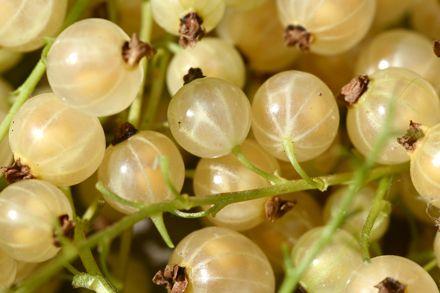
Fertilizer AVA
If currant seedlings were planted using AVA fertilizer, then the next feeding will be required only after three years. All the necessary components for the growth and normal development of plants, even microelements, are contained in this preparation.
What makes AVA unique is that it stimulates nitrogen-fixing bacteria, which accumulate nitrogen from the top layers of the soil and attract it to the plant in sufficient quantities.
How to feed currants with AVA fertilizer
This drug is applied once every three years. Make a shallow groove (5-10 cm) around the circumference of the currant crown and add 1-2 tbsp evenly. l. this fertilizer. Then the hole is covered with soil.
The drug should not be scattered over the surface of the soil - it, like any mineral fertilizer, will not be effective. The exceptional qualities of AVA are that it does not immediately dissolve and does not go into the subsoil. The drug, under the influence of temperature (from +8 degrees), gradually melts (like candy), releasing all the components little by little. That is, it is not consumed in winter.

